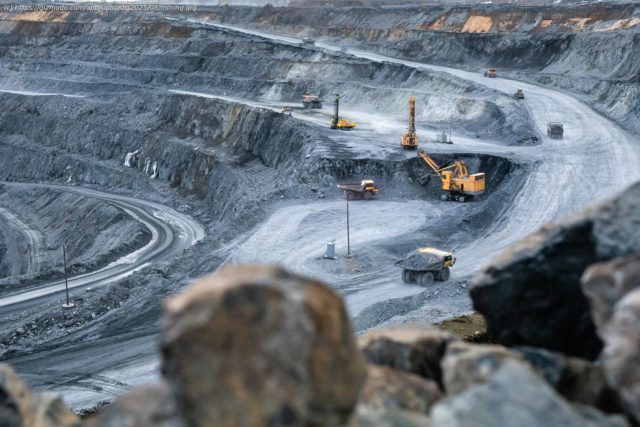There’s enough lithium in one year of U.S. mine waste to power 10 million electric vehicles.
The United States is home to dozens of active mines. Some extract copper, while others dig for iron. Whatever the resource, however, it usually makes up a small fraction of the rock pulled from the ground. The rest is typically ignored. Wasted.
“We’re only producing a few commodities,” said Elizabeth Holley, a professor of mining engineering at the Colorado School of Mines. “The question is: What else is in those rocks?”
The answer: a lot.
In a study published today by the journal Science, Holley and her colleagues aimed to quantify what else is in those rocks. They found that, across 70 critical elements at 54 active mines, the potential for recovery is enormous. There is enough lithium in one year of U.S. mine waste, for example, to power 10 million electric vehicles. For manganese, it’s enough for 99 million. Those figures far surpass both U.S. import levels of those elements and current demand for them.
Critical minerals are essential to the production of lithium-ion batteries, solar panels, and other low- or zero-carbon technologies powering the clean energy transition. Where the U.S. gets those minerals has long been a politically fraught topic.
The vast majority of lithium comes from Australia, Chile, and China, for example, while cobalt predominantly comes from the Democratic Republic of the Congo. While securing a domestic supply of rare or critical materials has been a U.S. policy goal for decades, the push has intensified in recent years. Former president Joe Biden’s landmark climate legislation, the 2022 Inflation Reduction Act, included incentives for domestic critical mineral production, and this year, President Donald Trump signed an executive order invoking wartime powers that would allow more leasing and extraction on federal lands.






